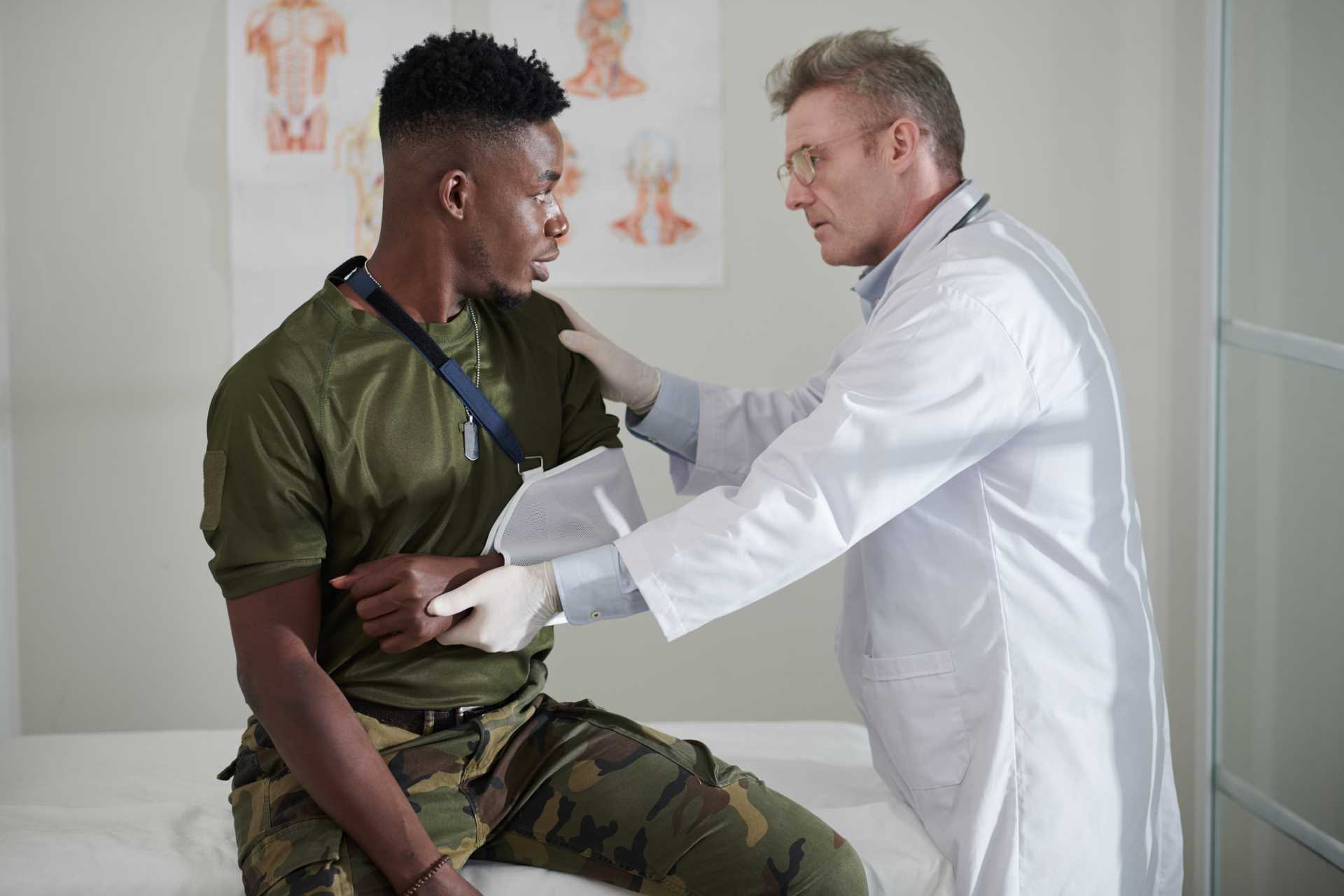
Do You Need Surgery After Shoulder Dislocation?
Shoulder dislocations aren’t taken seriously because of how the injury is displayed in movies. The protagonist escapes an accident or suffers a fall, and the shoulder pops out of place. Then, as if by some miracle, the hero shoves the loose shoulder back in the joint, and the show goes on. Needless to say, a shoulder dislocation is very painful and can cause even more damage if treated incorrectly. With medical support, the joint can be reconnected safely. However, there are occasions where surgery after shoulder dislocation is necessary.
Whether you’ve just noticed some pain in your shoulder, have recently suffered an injury, or are looking for post surgery rehabilitation services, make sure to get in touch with a physiotherapist Brisbane from Pivotal Motion online today.
A loss of connection
The shoulder is a complex joint. The glenoid head of the upper arm fits into the glenohumeral joint at the shoulder blade. A series of muscles and ligaments called the rotator cuff wrap around and protected the joint. With a shoulder dislocation, the glenoid head of the upper arm bone has moved out of the joint. Shoulder dislocations commonly occur during sports collisions, falls, or car accidents. Knowing the symptoms and signs can help injured patients get the right treatment.
Symptoms and types of dislocation
The upper arm can partially or fully dislocate from the joint. Shoulder dislocations can also happen in 1 of 2 ways. The anterior dislocation makes the arm slump forward and downward. Anterior dislocations are the most common in sports or falling on an outstretched arm. Posterior dislocations are common in car accidents. A blow to the front of the shoulder can dislocate the joint and send the arm backward. Of course, the most common sign is the shoulder will look out of place. Other symptoms include severe pain, swelling, and an inability to move the shoulder.
Putting things back in place
Shoulder dislocations need immediate medical attention. The first step should be to mobilize the arm and get to the hospital right away. A doctor will complete a physical examination and x-ray first, then determine the next steps. First, the doctor will try closed reduction, a series of movements to slide the arm back into the socket. The patient will have painkillers or muscle relaxers during the reduction. Once the socket is back in place, there should be a reduction in pain. From there, the patient can take some simple steps to rehabilitate the shoulder.
Managing shoulder pain
Even with the joint back in place, the shoulder must stay mobilized. There could be strained muscles and ligaments that need time to heal. The doctor will recommend a sling for a few weeks to immobilize the shoulder. Pain management will also involve anti-inflammatory medication and temperature therapy. Within a few weeks, the shoulder should go back to normal. Physical therapy can help to strengthen
 the rotator cuff during this time.
the rotator cuff during this time.
Turning to surgery
In some cases, an x-ray or MRI will reveal torn or damaged ligaments. Non-surgical treatment can help in these cases. However, there is a chance the patient will have repeated dislocations. At this point, surgery after shoulder dislocation may be necessary to improve pain and restore stability to the joint. Arthroscopic shoulder surgery is a minimally invasive technique that uses small tools to view and repair damaged ligaments. The surgeon may have to reattach a torn labrum or other ligaments of the SITS muscles. Surgery after shoulder dislocation is an outpatient procedure, meaning the patient can leave the same day. The patient will require extensive pain management and rehabilitation lasting between 4-6 months.
More than a shoulder dislocation
Shoulder dislocations must be taken seriously and attended to immediately. By immobilizing the shoulder and getting medical help, the outlook is quite good. Luckily, surgery after shoulder dislocation is not required for most partial or full dislocations. Once the doctor performs closed reduction, the shoulder will need rehabilitation. There will be some cases where the surrounding ligaments tear with the dislocation. At this point, arthroscopic surgery will be necessary to have a fully functioning shoulder again.
If you have any questions or want to schedule a consultation with a physiotherapist or an exercise physiologist, call us on 07 3352 5116 or book online today with Pivotal Motion!


